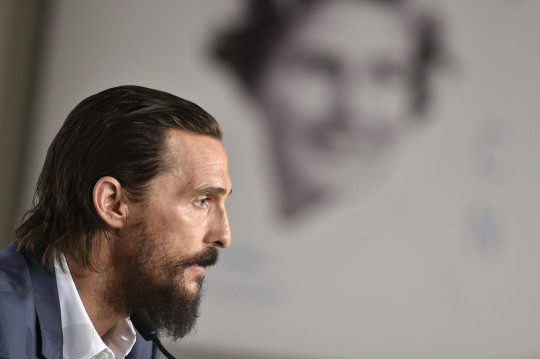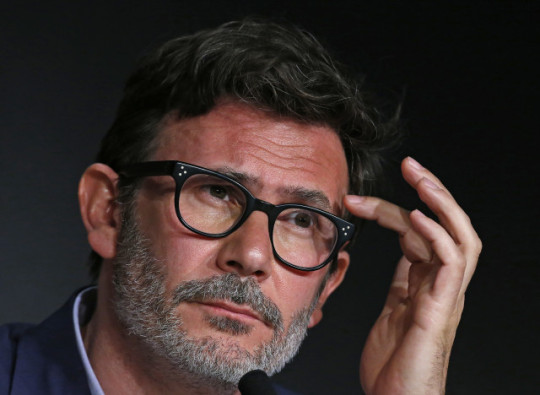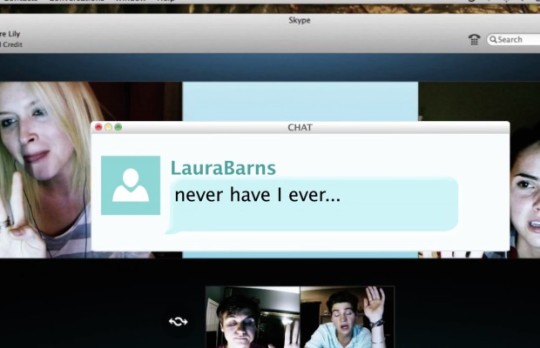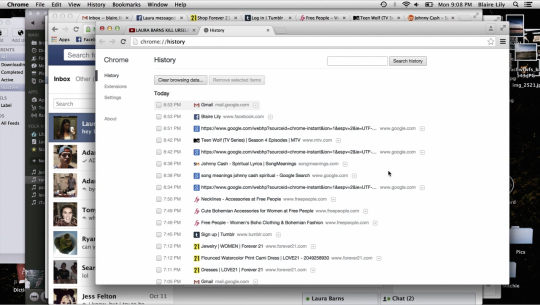The Counselor: No Movie for Most Men (or Women)by Mike DAngelo
By Yasmina Tawil
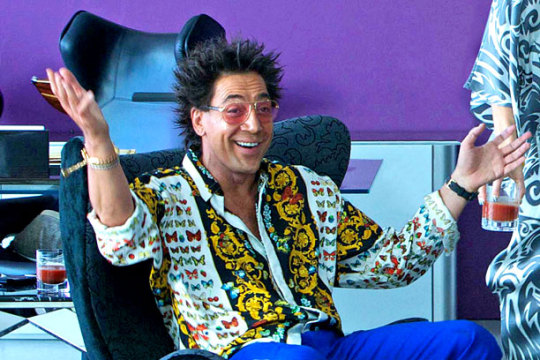
[This month, Musings pays homage to Produced and Abandoned: The Best Films Youve Never Seen, a review anthology from the National Society of Film Critics that championed studio orphans from the 70s and 80s. In the days before the Internet, young cinephiles like myself relied on reference books and anthologies to lead us to film we might not have discovered otherwise. Released in 1990, Produced and Abandoned was a foundational piece of work, introducing me to such wonders as Cutters Way, Lost in America, High Tide, Choose Me, Housekeeping, and Fat City. (You can find the full list of entries here.) Over the next four weeks, Musings will offer its own selection of tarnished gems, in the hope theyll get a second look. Or, more likely, a first. Scott Tobias, editor.]
Most people prefer movies to be affirming, in some way. Life-affirming, love-affirming, norm-affirmingjust so long as something we believe (or want to believe) gets reinforced, everybodys happy. Declining to satisfy that desire is step one en route to making an art film, or what publicists who are nervous about the word art like to call a specialty release. These, too, cater to viewers preconceived notions about the world (good luck finding something that doesnt), but they target notions that are less commonly held, which makes them less commercially viable. Deriving enjoyment from genuinely despairing or pessimistic movies is a taste that must be acquired, and only a small subset of the population has the time or the inclination. These are the folks wholl go see a Moonlight, say, or a Manchester By The Sea. Theyre game.
Its possible to alienate these adventurous, open-minded viewers, too, though, by making a movie thats not just challenging or upsetting, but flat-out nihilistic. A movie that assumes the worst about human nature, with few (if any) mollifying grace notes. A movie that, at least to some extent, glorifies venality and ugliness. Alienate is too mild a word for the common reaction, actually. They will be pissed off.

Such was the reception that greeted The Counselor back in 2013. Expectations for the film were sky high: It features a superb cast (Michael Fassbender, Pnlope Cruz, Javier Bardem, Cameron Diaz, and Brad Pitt); was directed by Ridley Scott (a decidedly erratic talent, but still capable of greatness); and, most exciting of all, boasts a screenplay from Pulitzer Prize-winning novelist Cormac McCarthy. McCarthys books had been adapted several timesmost notably by the Coen Brothers, whose version of No Country for Old Men won multiple Oscarsbut hed never before written an original story expressly for the big screen. Had The Counselor been made available intravenously, many would have mainlined it without hesitation.
Cue the adrenaline-shot scene from Pulp Fiction. Not all of the Counselor reviews were negative, by any means, but the critics who hated it really, really hated it. Meet the Worst Movie Ever Made ran the headline on Andrew OHehirs savage takedown at Salon, and that wasnt some editors hype; in the actual piece, OHehir expands his assessment to the worst movie in the history of the universe, thereby dismissing the possibility that alien life forms in faraway galaxies may possibly have committed an even greater sin against cinema. Other reviews in major publications deemed the film lethally pretentious, a jaw-dropping misfire, and unforgivably phony, talky and dull. (Characters do indeed talky on the phony sometimes.) Audiences were similarly repulsed: The Counselor got a dismal D in Cinemascores survey, which generally skews so positive that you can currently find an A- assigned to the likes of Assassin’s Creed (Metacritic score: 36/100) and Collateral Beauty (Metacritic score: 23/100). Its not a popular title.
Here are a few reasons why many people seem to hate it:
- The narrative is ludicrously convoluted.
- All of the characters speak primarily in lengthy philosophical monologues.
- Its just a catalogue of horrible things happening to people who mostly deserve them.
- Cameron Diaz fucks a car.
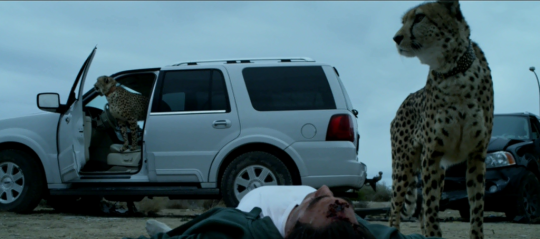
Well come back to that last one. Lets start at the beginning, with the basic story McCarthy wants to tell. The Counselor is about a drug deal that goes horrifically wrong, mostly because the title character (played by Fassbender; we never learn the guys name), whos never done this before and just wants to make some quick cash, has not the slightest clue what hes doing. Thats essentially all you need to know, as far as making sense of events is concerned. McCarthy lays out some essential detailshow the drugs are transported, and by whom, and whos looking for a way to intercept the shipmentbut only in the service of making it clear that what befalls the counselor is to some degree just very bad luck. What matters is that he was completely unprepared for the possibility that some random misfortune could cost multiple people their lives. Indeed, even the characters, like Brad Pitts Westray, who consider themselves prepared, and keep warning the counselor that hes unprepared, are not themselves really prepared.





